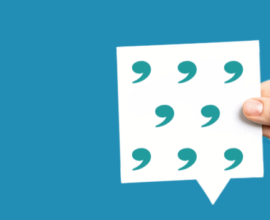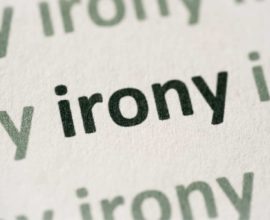Writing for an Audience
So, you’ve decided the topic or a theme you want to write about, haven’t you? When you’re sure of what you’re going to write, you’ve to now think about your target audience. Sounds like a marketing jargon, right? Target audience is nothing but the readers of your book who would dedicate their time and money to read your book. You should know who your target audience is, how to address them, and how to tailor your writing according to your target audience, for your book’s success; otherwise, it’s a vain and a pain writing a book. Consider these:
Who is my Target Audience?
They are those souls who would bother to pay for your book and read. Every reader expects something new about a book and it is up to you to deliver it. Pro-tip: readers don’t like clichéd content. Knowing your target audience makes it easy for you to address them, give tips and information specific to them, and make them pick your book from a bunch of others.
Why is it Important to Write for an Audience?
When you know your target audience, you can know what information to include and what not to, how to arrange contents in your book, realize what has already been said in other various books in the market, analyzing people who would actually be interested in reading your book, and what their expectation out of a book actually is.
How do I know my Target Audience?
A tough question indeed! While it is comparatively easier for the author of a non-fiction to find his or her target audience, fiction writers may find the task of targeting their audience more daunting. Well, things will change now, as we give you some useful tips on how to identify your target audience. Check them out.
Come up with a persona for your audience
Have you noticed how products are marketed in the retail market? Companies come up with a brand for their products to which consumers relate to. We would do the same. Since your book is no less than a product in the market, you would see it is a brand and set a persona, for your audience. To define the persona of your audience, think what would be the age, gender, race, cultural background, and ethnicity of your audience and analyze your audience’s location, language, and dialect. Think why your target audience would be interested in buying your book and know what benefits they would get out of it. You could do this to define your target audience for both fiction and non-fiction books. Once you create this persona, you would be able to tailor your content accordingly and market your book better.
Run polls
Run a poll on your blog or your social media page and know who would buy your book and from which geographical region, age group, ethnicity, and the likes. You’d receive direct answers on your polls if you ask the right questions.
Once you’ve done this and identified your target audience to an extent, consider you’re finally ready to take the leap and start off with writing your book. On the flip side, don’t even think of writing a single word before you know your target audience. Remember, you can never write a book that would be read by all.





